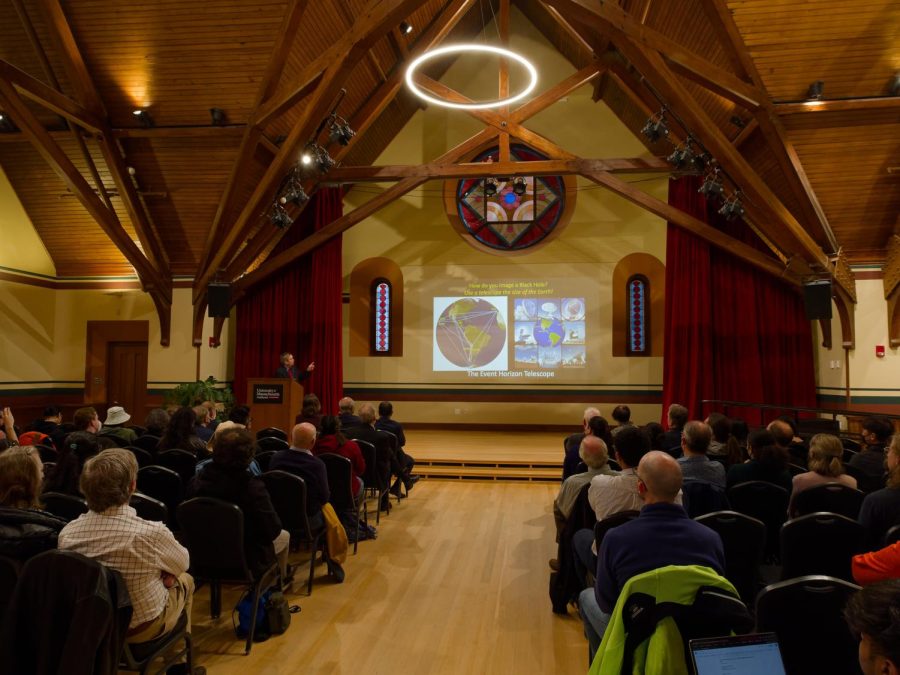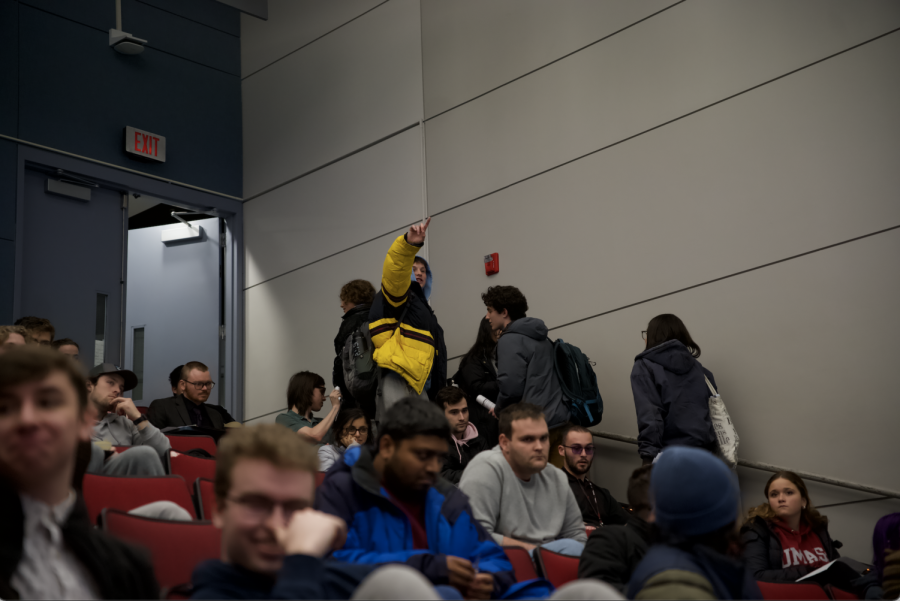
After the recent Fukushima Daiichi disaster in Japan, nuclear reactors throughout the United States have come under increased scrutiny, and reactors in Massachusetts have been no exception.
Governor Deval Patrick, Massachusetts Senate President Therese Murray, and House Speaker Robert DeLeo have signed a letter calling for the United States Nuclear Regulatory Commission (NRC) not to proceed with the Plymouth, Mass., Pilgrim Nuclear Generating Station’s application to renew its license, which is set to expire in June of next year. Murray has also called for federal officials to require that spent fuel rods at the plant be moved from wet storage pools to dry cask storage, which is considered more stable.
The Pilgrim Station began operations in 1972 and is currently the only nuclear power plant operating in Massachusetts. Operating on low-enriched uranium fuel, it produces 10 percent of the electricity generated in the Commonwealth, according to the United States Energy Information Administration. Its reactor is a General Electric boiling water reactor, the same type of reactor used in the Fukushima Daiichi plant.
In Massachusetts, it is only necessary for the NRC to relicense a plant for it to continue operation. In other states such as Vermont, where the future of the Vermont Yankee Nuclear Power Plant is in question, both the NRC and the state must relicense a plant.
Although it is the only operating nuclear power plant in the Bay State, Pilgrim is not the only nuclear site or operating reactor in Massachusetts. Another power plant, Yankee Rowe in Rowe, Mass., was closed in 1992, but spent fuel is kept on the site in dry cask storage. Non-generating nuclear reactors are also maintained in Massachusetts for research purposes at the University of Massachusetts Lowell, the Massachusetts Institute of Technology (MIT) and Worcester Polytechnic Institute (WPI).
MIT’s reactor, a five-megawatt (MW) tank-type reactor which began operating in 1958, is the second-most powerful nuclear reactor at a university in the country. It uses highly enriched or weapons-grade uranium, and is located in Cambridge.
The UMass Lowell and WPI reactors are swimming-pool style reactors, a design in which the core is cooled by direct submersion in a pool of water. They were built in 1975 and 1959 respectively. UML’s reactor operates on one MW maximum power, and the WPI reactor on 10kW. In 2004, UMass Lowell switched to low enriched uranium fuel from high enriched, and both the UMass and WPI reactors operate on this fuel.
According to University of Massachusetts physics professor Monroe Rabin, who has research interests in high-energy physics and medical physics, low enriched and high enriched fuel do not pose different health risks.
“It would be a question of what other elements are in the enriched fuel rods,” Rabin said.
In 2005, ABC interns posing as college students investigating security practices at research reactors across the country attempted to gain entry into a number of these reactors, including those at UMass Lowell, MIT and WPI. The interns were unable to gain access to the reactors at the three Massachusetts schools, but noted that they were all located on the universities’ campuses in close proximity to populated areas.
Massachusetts periodically experiences earthquakes, though few like the ones which have rocked Japan. The strongest quake in the Bay State’s history registered as an 8.0 magnitude on the Richter scale in 1755 on Cape Ann, though the Commonwealth has not had an earthquake of greater than magnitude 3.5 in at least 30 years.
In Lowell, a fault called the Newbury-Clinton Fault runs through one end of the UMass Lowell campus. Geology experts there stated in an article called “Monster Earthquakes: Are we at risk?” that the fault is inactive and unlikely to pose any danger to Lowell or the area northwest of Boston in the near future. They noted, however, that earthquakes can be difficult to predict in New England because they occur irregularly.
Jim Eagan, chair of the physics program at UMass Lowell and the school’s designee for discussion on the research reactor, did not respond to requests for comment on the reactor’s ability to withstand a natural disaster before press time.
Professor Rabin, asked about the level of radiation that could be released from a breach of containment at the Pilgrim plant, stressed that this is highly dependent on the particular circumstances of the breach of containment that would cause such a release.
Rabin also noted that while nuclear reactor accidents create panic because people “cannot see or smell radiation,” he “would guess that the number of people who have died as a consequence of living near coal-fired electrical generators is much greater than the number who have died as a result of nuclear reactor problems.”
According to Rabin, “The difference is that near coal-fired plants, people develop diseases slowly as a result of inhaling the particulate matter and mercury, etc. released continuously, but they don’t attribute their problems to the coal.”
Melanie Muller can be reached at [email protected].






